It seems a simple enough question, and we can suggest an answer straight away; the average life expectancy of a Shiba Inu is between twelve and fifteen years.
However, don’t stop reading! There’s a lot more to this question than you might think. All dog breeds face different challenges and health conditions that can affect the Shiba Inu lifespan, and this is particularly the case with purebred dogs. A lack of genetic diversity increases the likelihood of certain inherited conditions in a breed, leading to sickness and disease that can shorten their lives.
It is always wise to be fully aware of the facts before taking on a dog so that you can be prepared for all of the challenges and responsibilities you may face. This will include the physical and emotional stress that you could encounter, as well as the financial burden that will be involved.
Of course, when we choose a pup to be a part of our family, we expect them to be around for a good long while. It is heartbreaking to imagine that they will fall into the lower end of an ‘average lifespan’ or, even worse, fall victim to a life-threatening illness.
The following guide is designed to make you aware of all the facts to fully prepare before you make your choice. If you have already made the decision and your Shiba Inu puppy is settling in at home, then read on anyway. You’ll be armed with all the information you need and be able to watch for the warning signs and take action if necessary.
We’ll begin with an overview of the Shiba Inu breed and its character traits.
What Is A Shiba Inu?

This is one of the six Spitz* breeds from Japan, originally bred as a hunting dog. They have several other names, including the Japanese Brushwood dog and the Shiba Ken. They are fox-like in appearance and often mistaken for similar breeds, such as the Akita Inu and Hokkaido, though they are smaller than both of these.
*domestic breeds with long, thick fur with pointed muzzles and ears and a curled tail that loops over the back end. Some may have a drooping tail.
They are fairly small dogs, standing between 33 cm to 43 cm (13 in to 17 in) at the shoulder, with males being larger of the two. As for weight, they are between 8 kg and 10 kg (18 lbs to 22 lbs), again with males being heavier. Take a look at the Shiba Inu growth chart to see more on what to expect from a Shiba Inu’s height and weight.
Shiba Inus have been described as cat-like because they are fastidiously clean, very independent, and will show affection only when they are in the mood.
They have a double coat, with a straight, stiff outer coat and a soft, thick undercoat. This will be shed twice a year in spring and fall and will get everywhere unless you keep it under control with daily brushing. This coat won’t need much work at other times of the year, just a weekly brush. This is one breed that really isn’t keen on water, so bathing will be a trial unless you get them used to it at an early age.
Luckily, they love to keep themselves clean, so bathtime won’t be a regular thing.
The first Shiba Inus were bred for flushing out and hunting small game. They are perfectly built for this task, with a light, muscular frame that enabled them to dash along mountain paths and into bushes and shrubs to hunt rabbits and birds.
That curled tail is there for a reason; when they sleep, it covers their face, which protected their faces from the cold conditions in the mountains.
As a breed, they are thought to have been around for about two thousand years! Now that’s quite an astonishing fact, but the truth is that they almost became extinct as a breed during World War II. The lack of food as a result of the disruption caused by the war, followed by an outbreak of distemper, resulted in the breed being almost completely wiped out.
It was only after the war, in 1954, that the first Shiba was introduced to America when a family in the armed services brought one with them. It then took another few decades for this Japanese breed to be officially recognized by the American Kennel Club (AKC), which they did in 1992.
Data provided by the AKC shows that the Shiba Inu is the number-one companion dog in Japan and that it is a popular dog in the USA, rising from 50th to 44th place between 2012 and 2016.
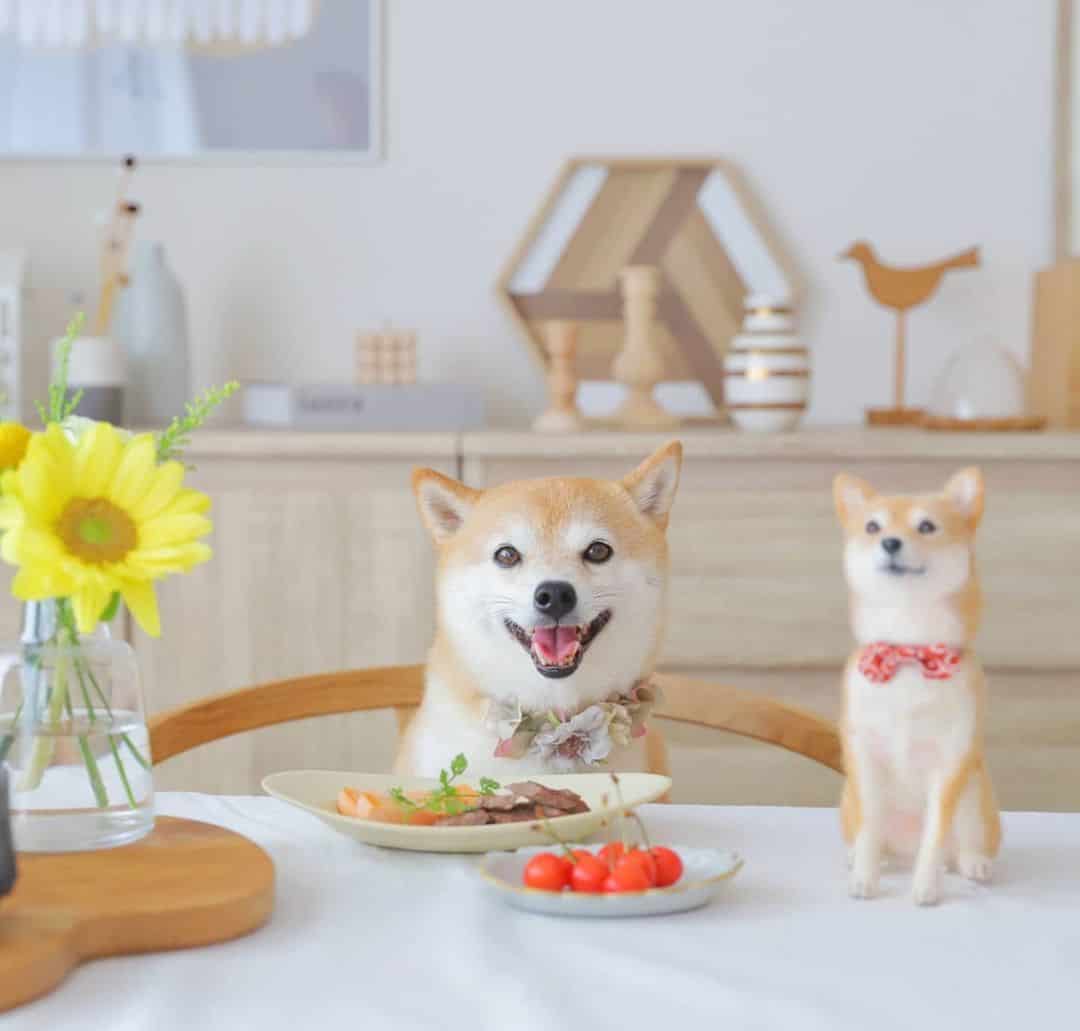
Photo from @lily0316am
In terms of their character, they are considered bold, confident, strong-willed, affectionate, and alert. This is a dog that takes some work, so be prepared for a battle of wits! They are extremely loyal, but that stubborn streak can be a trial at times. This can be reduced, but not eliminated, by early training.
We should also mention the high prey drive that will send them scampering after squirrels, cats, and other small animals – even other pets in the home. Because of this, it is recommended that they be kept on the leash while out walking, especially in residential or urban areas.
They are usually wary of strangers and may show aggression towards them and other dogs. They are always alert and make good watchdogs, barking at the slightest hint of what they regard as an intruder. Socialization from an early age is always a good idea for any dog, but it is especially important for the Shiba.
Because of these traits, this isn’t perhaps the best choice for first-time dog owners.
Finally, it wouldn’t be right to talk about the Shiba Inu lifespan without mentioning Pusuke, the Shiba who died in December 2011 at the age of twenty-six!
How Long Can A Shiba Inu Be Left Alone?
Dogs are sociable animals that crave company and love to be around humans. Opinions differ on how long they should be left alone, ranging from between four and ten hours! Many experts agree that this should fall somewhere in the middle, ideally at the lower end. Some dogs can cope with being left alone for six to eight hours, but many (especially those with small bladders) can’t.
Due to its independent streak, the Shiba Inu is able to handle being left alone for up to eight hours, but only after it has been prepared through training, which should be a gradual process.
One way to ensure that they are happy is to let them use up some of their energy beforehand and give them something to keep them occupied, such as a bunch of chew toys. Ideally, you should allow them a place to relieve themselves if they need to. Check around to make sure there’s no food left about to tempt them and remove any objects that might cause injury if they get curious.
Puppies should never be left alone for long periods.
What Health Problems Do Shiba Inus Have?
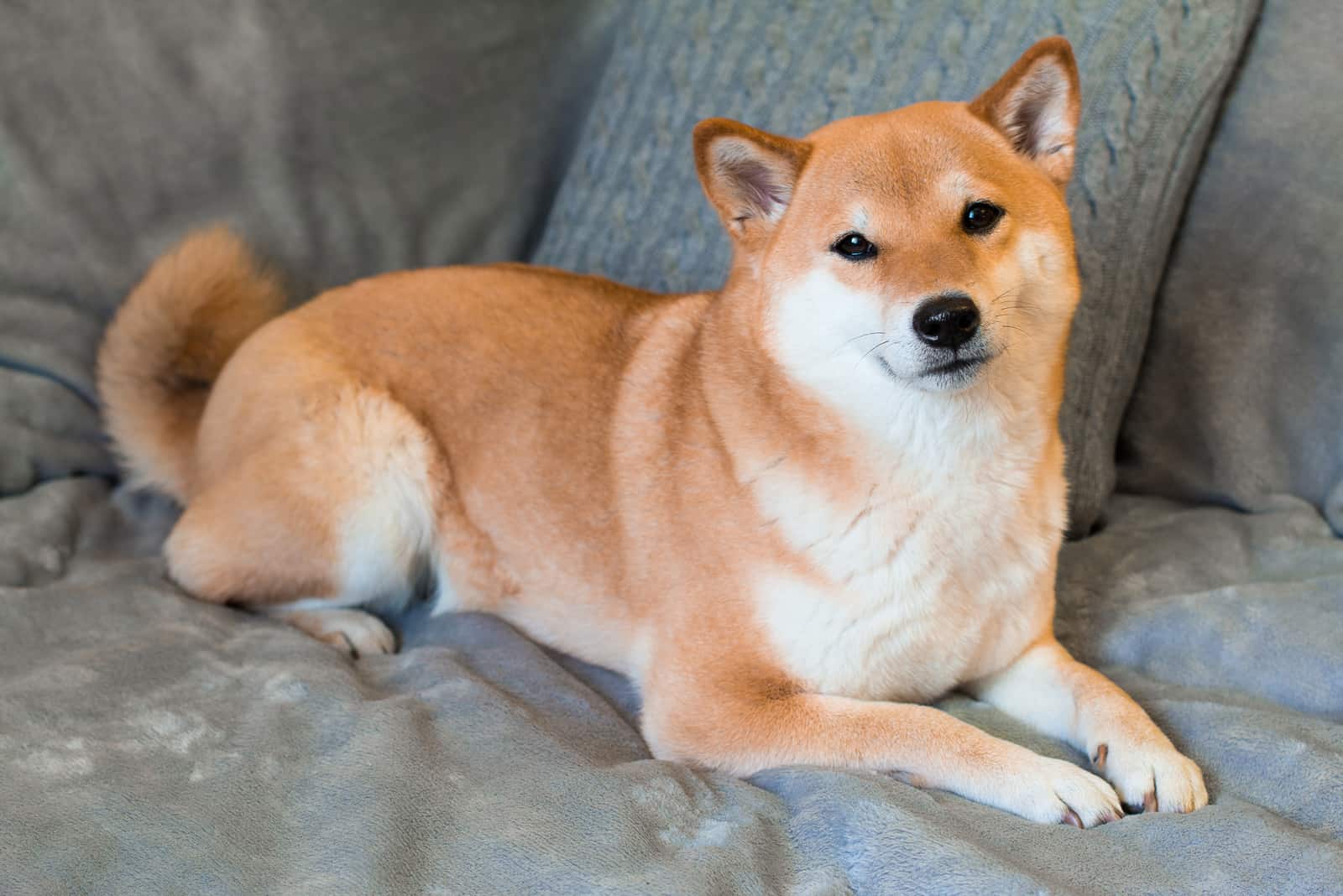
You’ll be pleased to hear that the Shiba Inu is regarded as a healthy breed overall.
• Patellar luxation – this condition is common in many breeds of dog, especially small and miniature breeds. The patella (kneecap) usually sits within a groove and moves up and down as the joint is flexed. When dogs suffer from this condition, the patella shifts out of place, causing the dog a lot of pain. Although not life-threatening, it can require surgery which is always a risk. In some cases, it will lead to arthritis in older dogs.
• Hip dysplasia – another painful condition, this time affecting the ball and socket joint that forms the hip. The pain is caused by the bones rubbing together because the joint has not formed properly. Again, this can result in arthritis later in life.
• Glaucoma – an eye disease that puts pressure on the eyeball and stops fluids from draining properly. In chronic cases, or if the condition is not treated, this can lead to permanent damage to the optic nerve and, eventually, blindness.
• Obesity – without a healthy diet and adequate exercise, any dog can easily become overweight. Once they become obese, the risk of serious health issues increases dramatically. This includes certain types of cancer, heart disease, diabetes, osteoarthritis, and hypertension. Obesity itself may be a symptom of another health problem, such as Cushing’s disease (a blood-clotting disorder) or hypothyroidism (underactive thyroid gland).
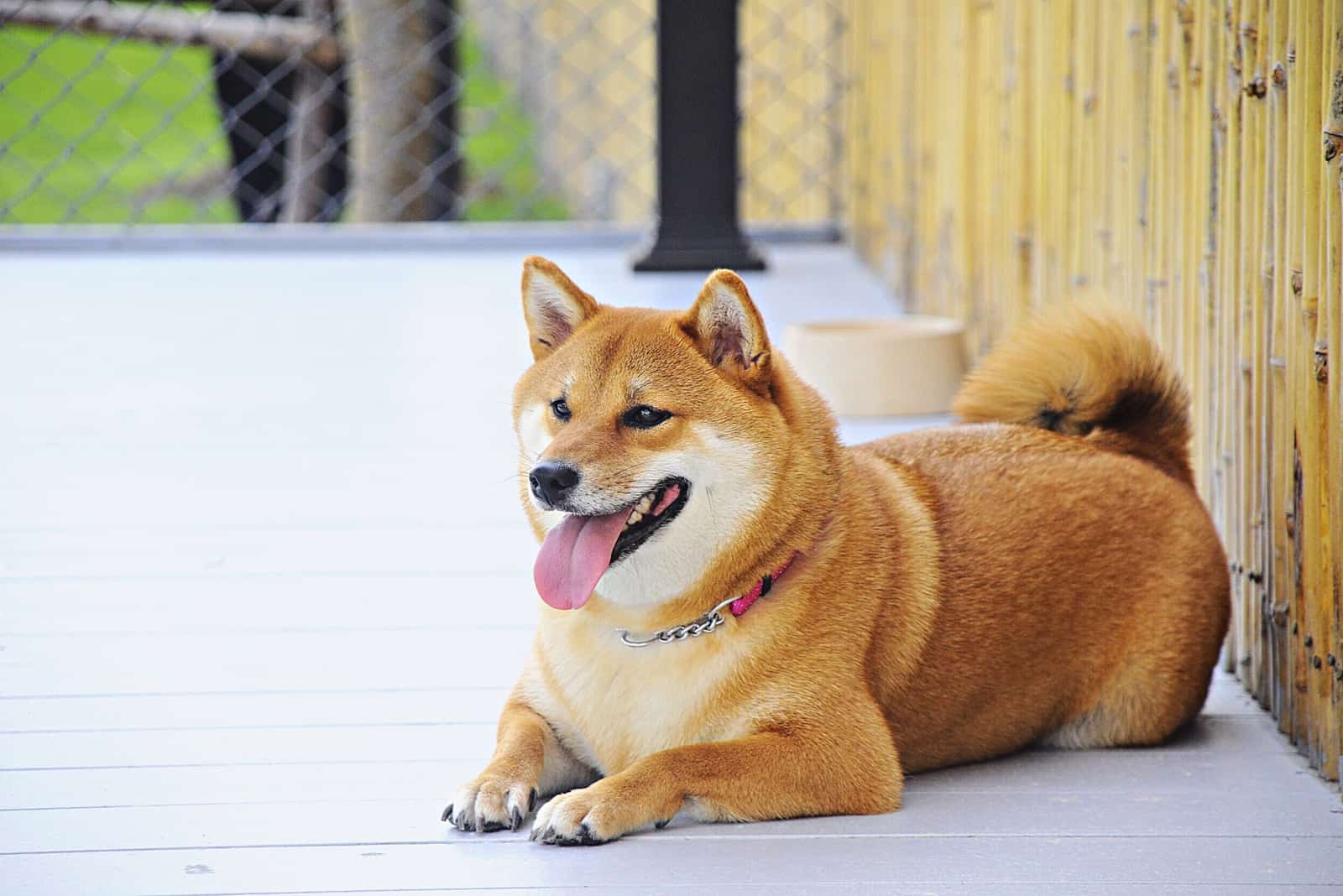
• Allergies – most allergies are a reaction to proteins within certain foods, insects, animals, plants, or chemicals. Allergic reactions can vary from very mild to extreme, where the body goes into anaphylactic shock. Shiba Inus seem to be particularly prone to allergies, and the reaction usually shows itself in the form of dry, itchy skin, usually caused by pollen or mite and flea bites.
• Cataracts – a common problem in older dogs where the lens of the eye will become cloudy, affecting the dog’s vision. The treatment usually starts with anti-inflammatory eye drops followed by surgery.
• Progressive retinal atrophy – PRA is a degenerative disease affecting the photoreceptors at the back of the eye. The dog increasingly struggles to see in the dark, and as the condition progresses, they will have problems seeing in daylight and will eventually become blind. Sadly, there is no cure for this condition, although early diagnosis will help you and your pup prepare for the time when they lose their sight.
• Entropion – another eye condition, this time involving the eyelids, which fold inwards, causing the eyelashes to scrape against the surface of the cornea. It is irritating and can cause ulcers, but it is treatable.
• Epilepsy – there are different types of seizures, each with a different cause. These are known as primary, secondary, or reactive seizures. Those that fall into the latter category are the result of another condition, such as low blood sugar levels or a reaction to toxins. Secondary seizures happen when the body experiences trauma or is suffering from a brain tumor or a stroke. Shiba Inus are more commonly affected by the first category, primary seizures, also called idiopathic epilepsy. It is an inherited condition that will require lifelong medication to keep the seizures under control.
• Heart disease – Shiba Inus are vulnerable to a variety of heart defects, most of which either disrupt the electrical signals that keep the heart beating regularly or affect the structure of the dividing wall in the heart.
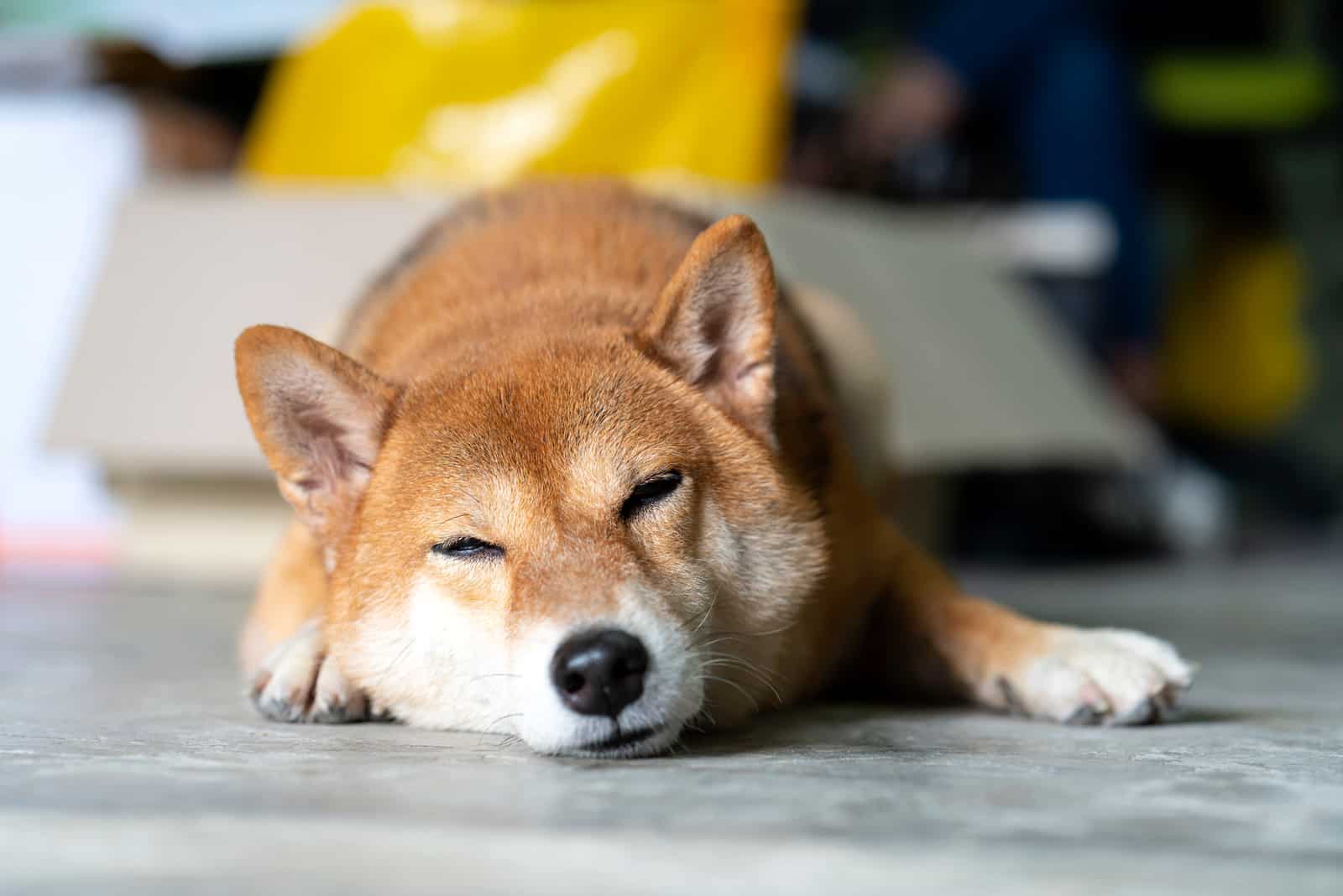
Some of these diseases and conditions are clearly more serious than others, with obesity and heart disease obviously being the main causes for concern, as these could affect the Shiba Inu lifespan significantly.
If you want to limit your dog’s chances of being affected, then the first thing you should do is approach a respected, reputable breeder. It is more likely that you will get a healthy dog this way, as the breeder will be committed to a breed and care more about their health than making a profit. Their breeding programs will be designed to screen out any dogs that will contribute to genetic disease or reduce the possibility.
Once you have your pup safely at home, be sure to only use high-quality dog food that provides them with all the essential vitamins, minerals, protein, fats, and fatty acids they need to stay healthy.
Read More: Shiba Inu Feeding Chart – What The Ideal Dog Diet Looks Like
Apart from high-quality dog kibble, you can add some human foods to your Shiba Inu’s diet. Foods such as papaya, guava, brussels sprouts, and artichokes can make a great addition to your dog’s nutrient requirements.
Shibas are pretty active and energetic dogs and require at least an hour of exercise every day. As with most smart, energetic dogs, they will misbehave when they are bored. Worse still, without that exercise, they risk becoming overweight. And as we’ve seen, obesity can cause major health issues.
Never take your dog’s good health for granted! Even if they seem healthy, it is always best to take them to the vet for a check-up at least twice a year. Many inherited health problems don’t show themselves before the second year, and any issues must be identified as early as possible.
You might be wondering whether there is any difference between male and female Shibas when it comes to lifespan, so let’s take a look:
Shiba Inu Lifespan Male
In general, they will fall into the average of between twelve and fifteen years. However, neutering your dog can increase his lifespan by up to 18%. This is because the procedure reduces the risk of certain cancers.
Shiba Inu Lifespan Female
As with males, most female Shibas enjoy the same long lifespan of up to fifteen years. Once again, this can be extended by having them spayed, increasing their life expectancy by as much as 23% because the risk of cancer is significantly reduced.
Final Thoughts
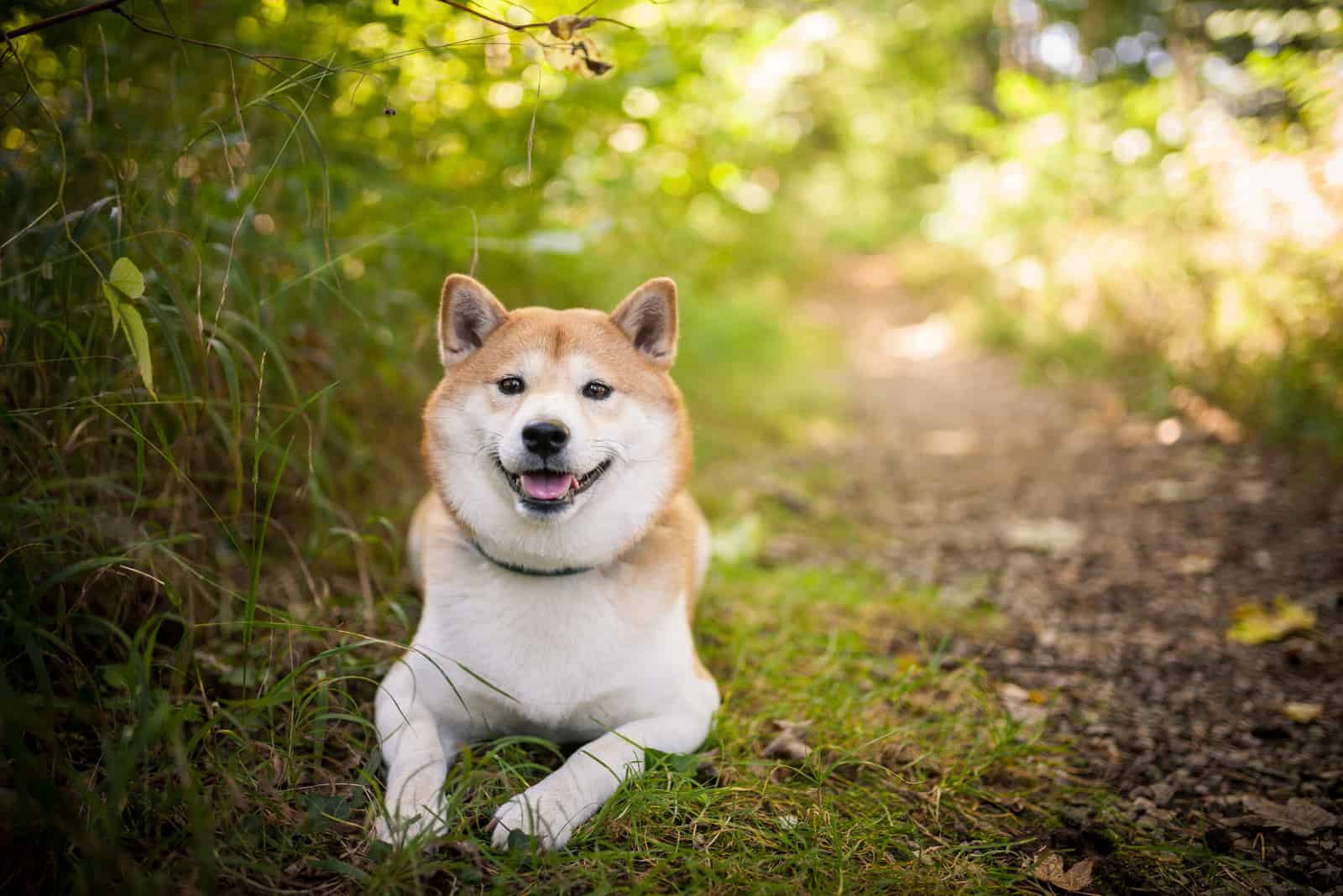
With a good, balanced diet, the right amount of exercise, and regular trips to the vet, there’s no reason to put the Shiba Inu lifespan at anything less than the average twelve to fifteen years. It’s difficult to put an exact figure on an individual dog, as each one is unique. Take Pusuke, for example. He reached the grand old age of twenty-six.
Rather than fixating on a potential date far in the future, when your fur baby will inevitably pass over the rainbow bridge, surely it is better to focus on enjoying them in the here and now? It is our duty and responsibility to ensure that they live a long and healthy life.
All dogs are special, but this unique Japanese dog has some fascinating characteristics. While this breed may not be for everyone, some are willing to take on the challenges and give them a safe, loving home. And that’s what every dog deserves.













